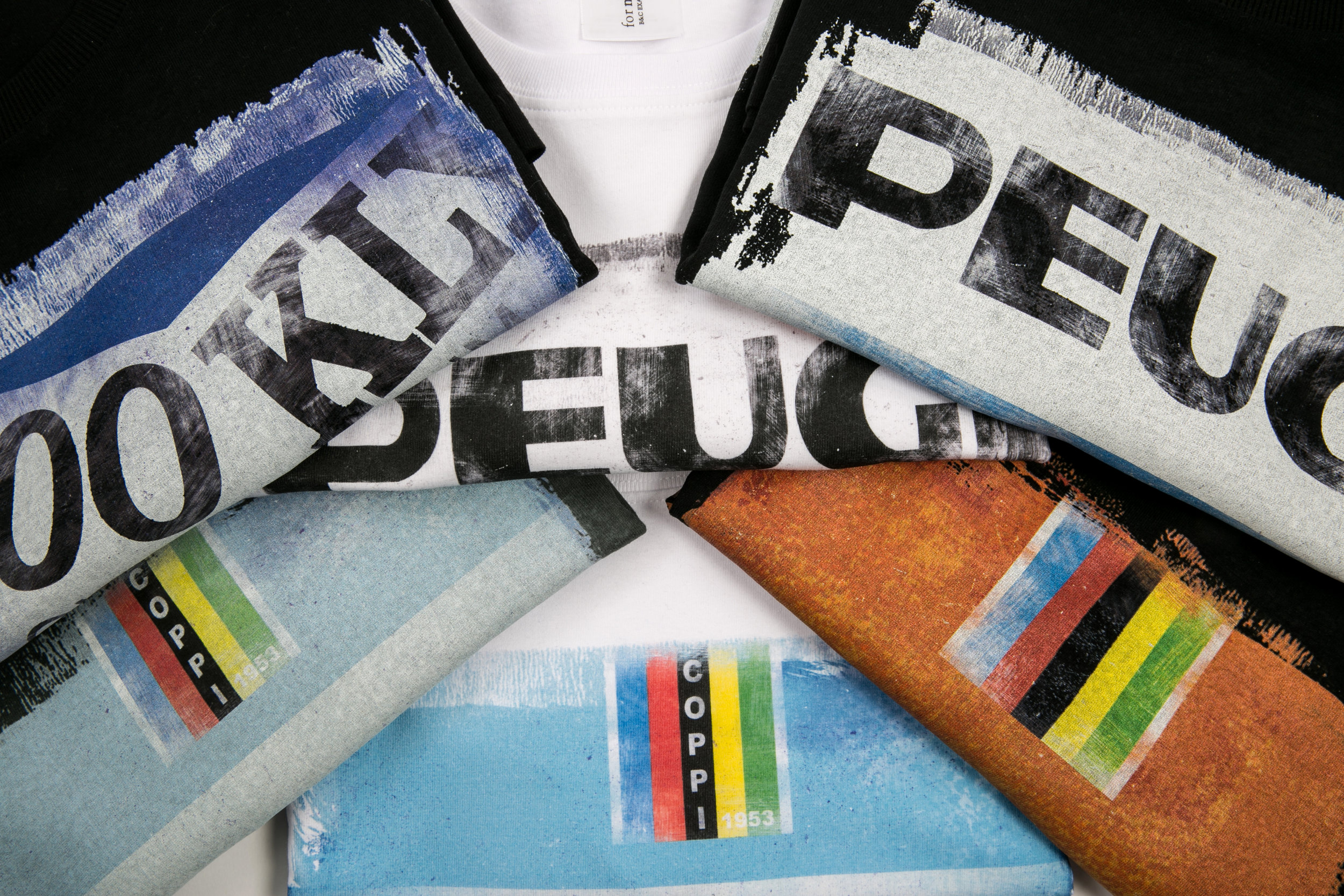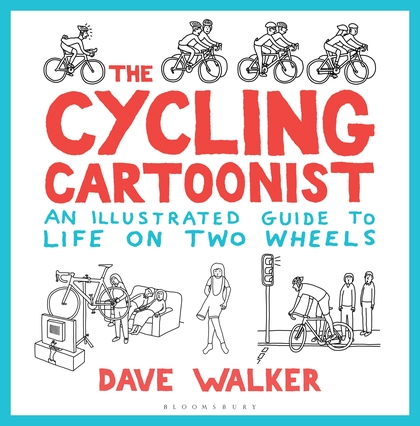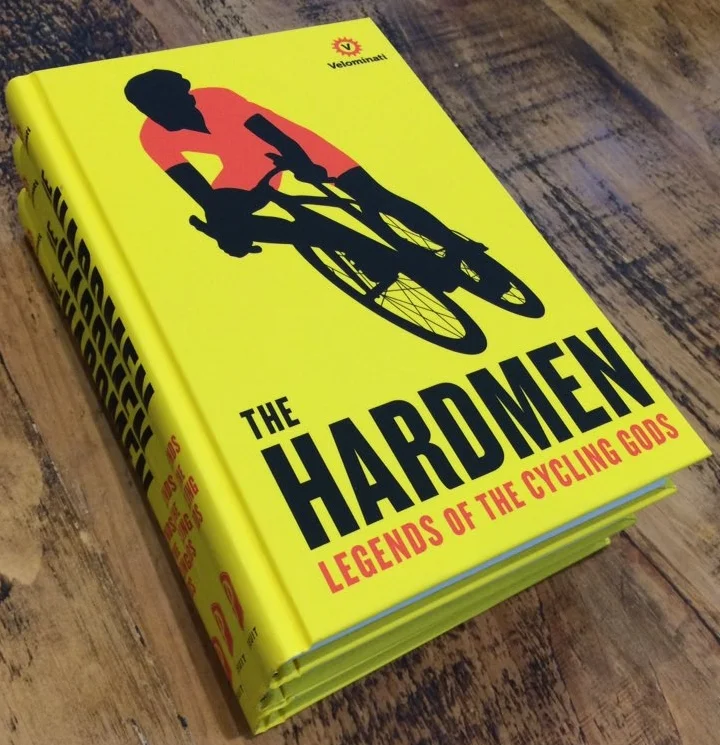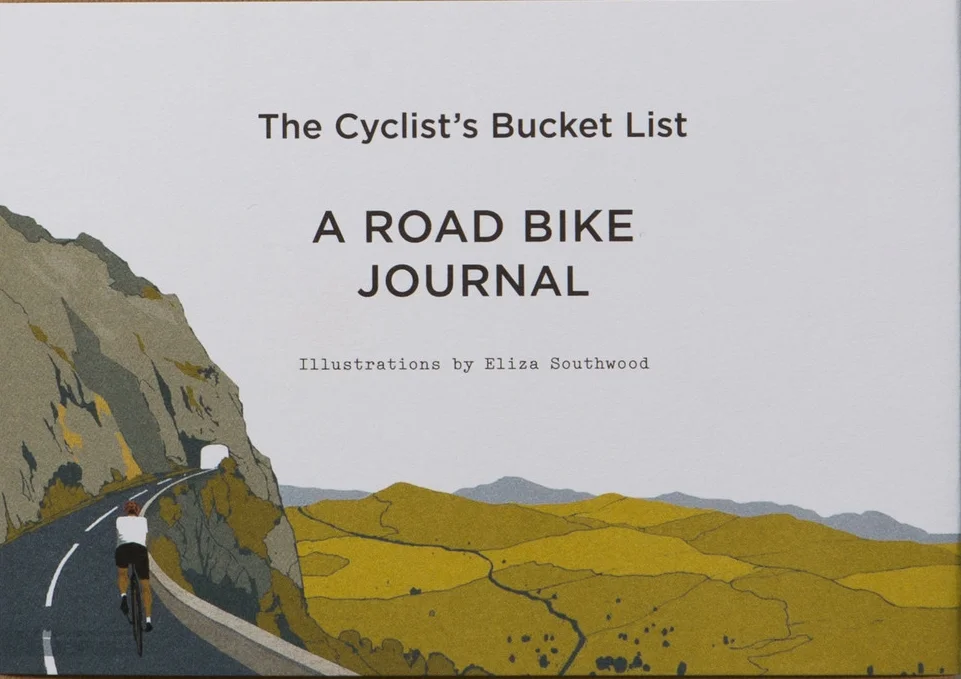With the unmistakable silhouette of Marco Pantani on a pink background on its front cover, this book had us reaching out to the shelf to pick it up with some excitement. The Pirate, as he was known, seems to encapsulate so much of what the Giro d’Italia is about.
Now in its 100th edition, this beautiful Grand Tour has often been defined by its unpredictability, its heroism, suffering and betrayals. Add to that feuds, glamour, rivalries that split the nation and, of course passionate racing, you have a gripping and fascinating yarn to tell.
Colin O’Brien, a cycling journalist based in Rome, is well-placed to narrate it, explaining in his preface how, “With the exception of a long Christmas dinner at home in Dublin, there’s nothing I look forward to every year more than the Giro d’Italia.”
He tells the story in chronological form, describing its inception as a gamble that helped to unite a nation. Like its two counterparts, the Tour and the Vuelta, it was born to sell newspapers and the Gazzetta dello Sport jumped at the chance, despite a dearth of funds and the usual organizational bungles. As we know, the Italian public fell in love with the race from the off, boosting the founding newspaper’s sales dramatically.
The Tifosi, the Italian term for sports fans (from the Greek word typhus for fever) were bitten by the cycling bug, eager to devour all the gory details of each day’s brutal racing. With some stages as long as 320 kilometres the race was a war of attrition rather than outright speed and the grit, bravery and determination needed to simply finish demanded almost superhuman powers.
It has created a wonderful cast of heroes (even a heroine) and villains since it began in 1909 and with that a long list of wonderful nicknames like the Squirrel of the Canals, the Iron Man of Tuscany and The Human Locomotive.
Alfonsina Strada, the Devil in a Dress or Queen of the Cranks
Perhaps my favourite character of all is that afore mentioned heroine, Alfonsina Strada. Known as the Devil in a Dress to some, the Queen of the Cranks to others, she defied convention and created scandal among her local community of deeply religious peasants when she began racing her bicycle rather than attending mass. Married at 14, her new husband bought her the best bike he could afford, on which she rode the 1924 Giro.
Portrait of Fausto Coppi print by Richard Long - available from the Ride Velo shop
The rivalry between Fausto Coppi and Gino Bartali is explained succinctly here. These two represented opposing sides of a divided nation: Bartali the earthy, religious south while Coppi came from the more forward looking industrial north. While Coppi oozed sophisticated glamour and scandalised the nation with his mistress, Bartali remained pious and brave. After his death it emerged that he had used his training rides as a cover to smuggle papers for persecuted Jewish Italians during the war.
Portrait of Gino Bartali - print by Richard Long available from the Ride Velo shop
The rivalry and feuding was not exclusive to native Italians either. Stephen Roche’s 1987 win over his own teammate, Roberto Visentini, had the nation in a fury and has created opposing and passionate views from cycling fans ever since. For a fellow Irishman, O’Brien attempts an unbiased view of the race, despite using an interview from Roche where he states his case in no uncertain terms. The Froome/Wiggins contretemps at the 2012 Tour pales into insignificance.
While the stages in modern times have become more humane, the suffering endured by the riders has continued and the verbatim account of Andy Hampsten’s victory brings to life the fear, pressure, intimidation of Italian riders and public and the sheer physical hardship of the race. It’s these first hand accounts in the book that leap off the page.
The Pirate embodies the spirit of the Giro
But it’s Pantani that I always come back to when I think of the Giro and for anyone who hasn’t read Matt Rendell’s excellent biography of this tragic hero, there’s a good distillation of how his talent burned so brightly, too brightly, igniting passions in the tifosi, but ultimately bringing about his own downfall That he still inspires cycling fans from a different generation is a testament to his brilliance. The Pirate: he’ll always be held in the deepest affection.
As the 100th Giro plays out over the next three weeks, this book is the perfect accompaniment to the beautiful racing, drama and excitement I am sure we are about to experience. It is quite dense with facts in places, so something to dip into over time rather than gorging on in one sitting: three weeks is the perfect timeframe! Its concise chapters manage to encapsulate the key points about each era without becoming sketchy and it condenses over a hundred years of history into an accessible yet detailed account that captures the essence of this glorious, crazy and beautiful race.
This print by Gareth Llewhellin is available from the Ride Velo shop




























































